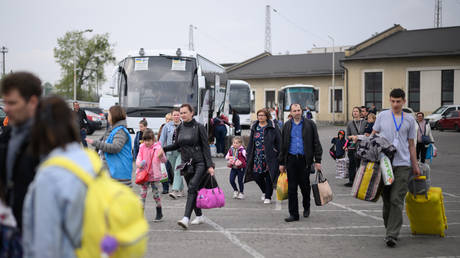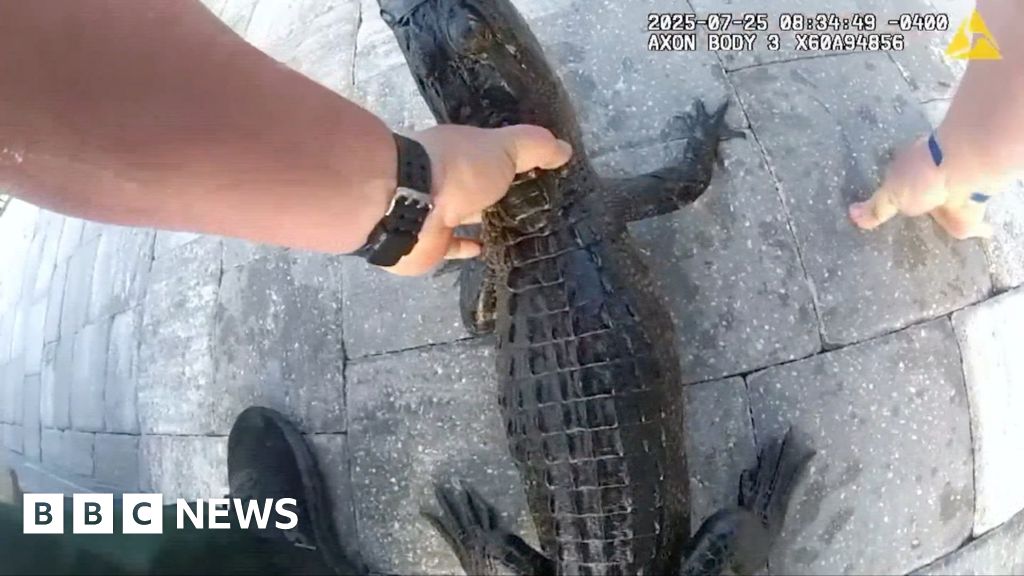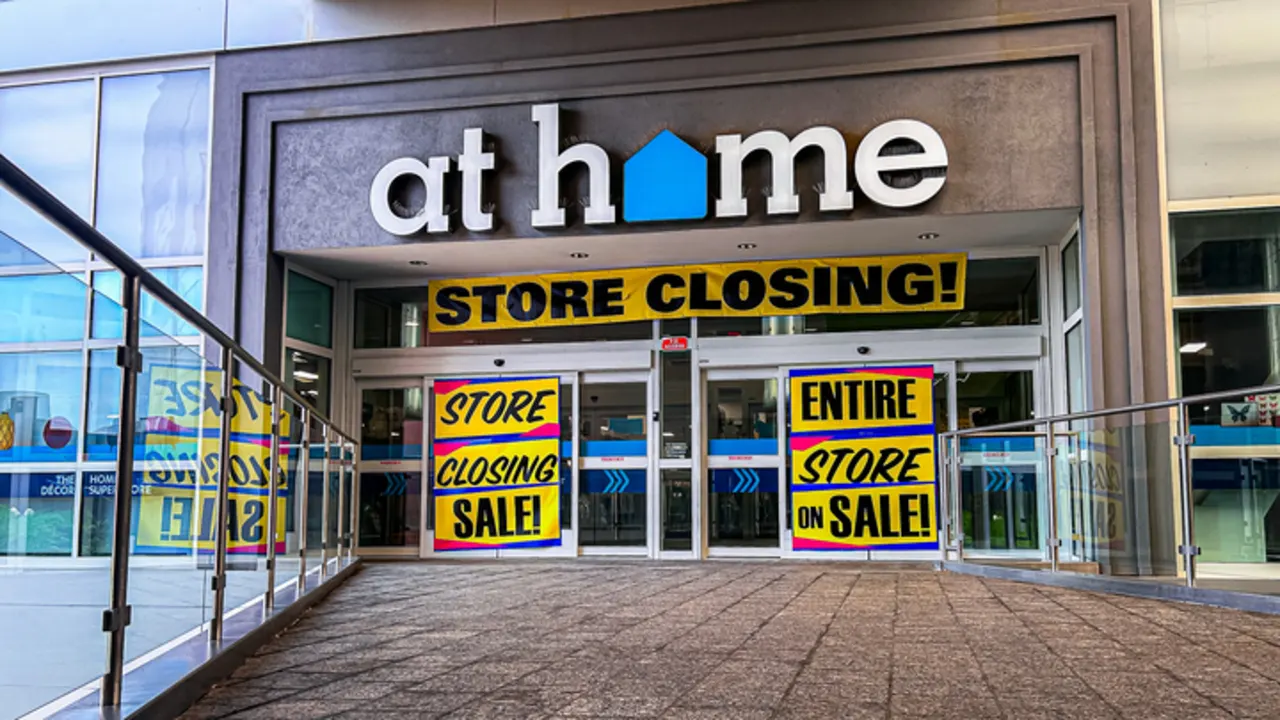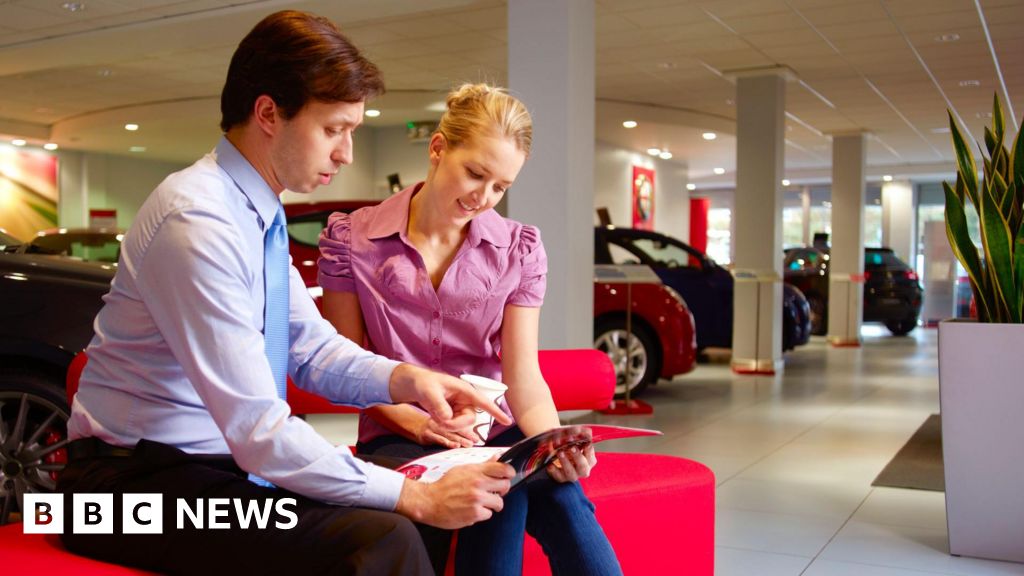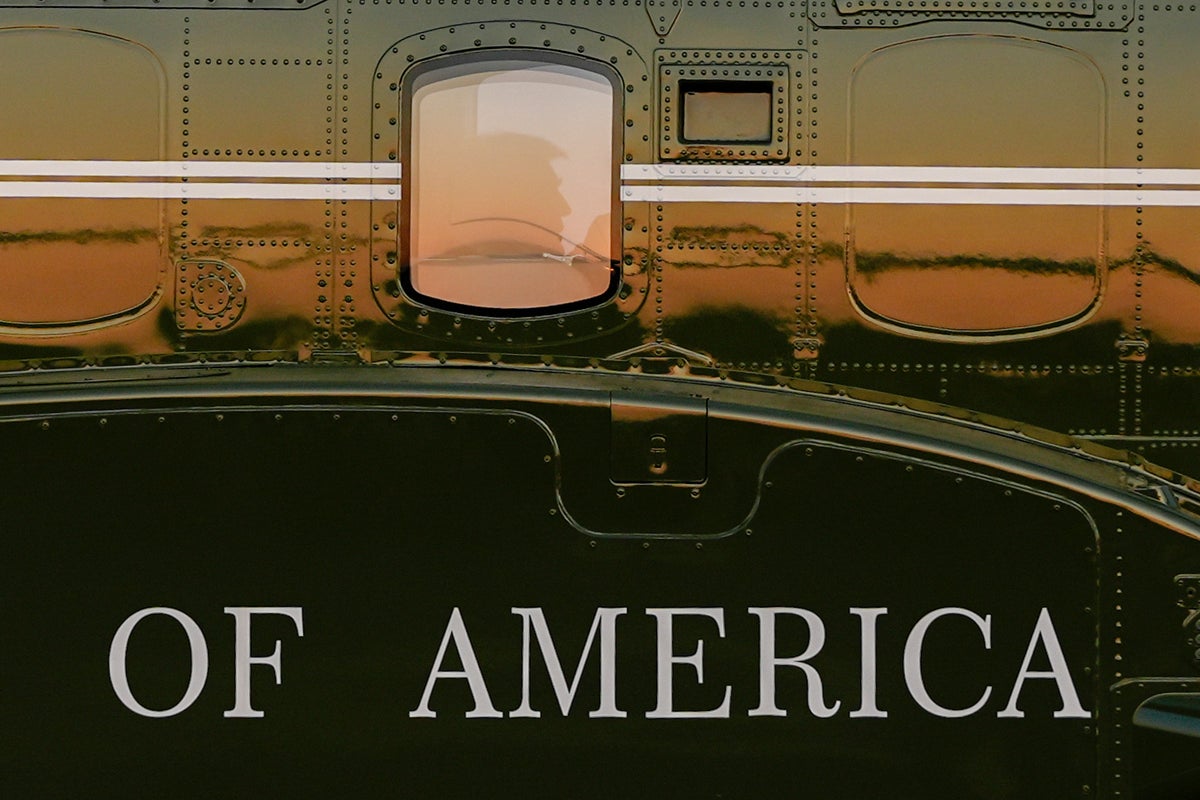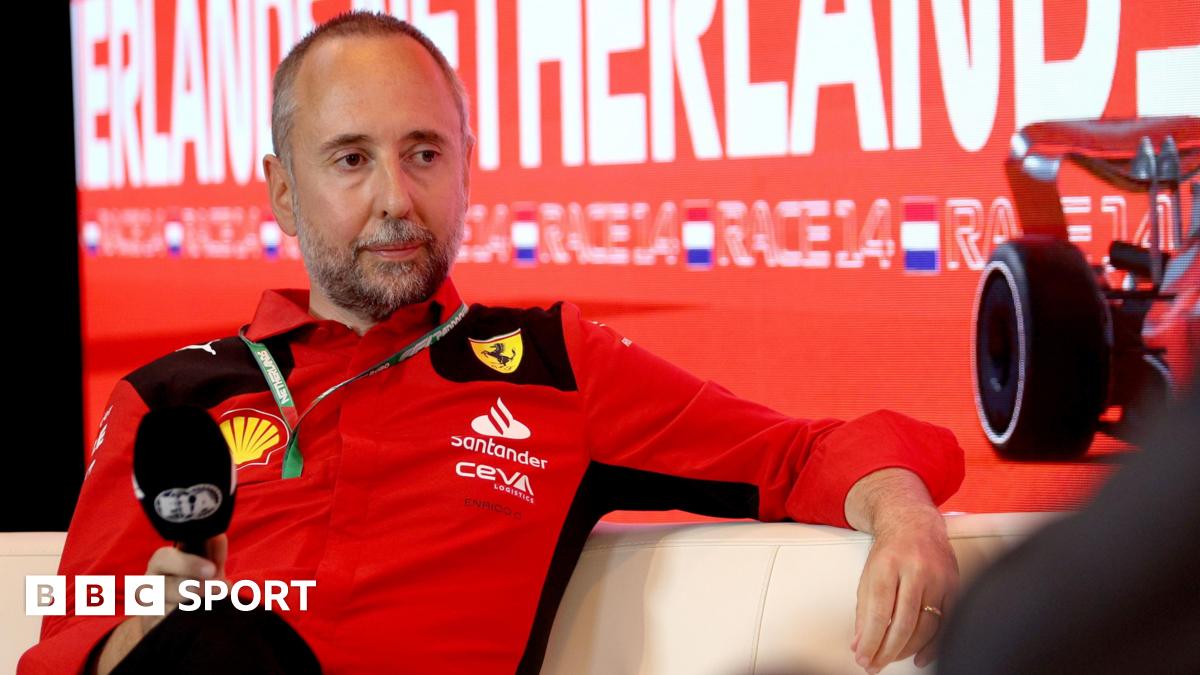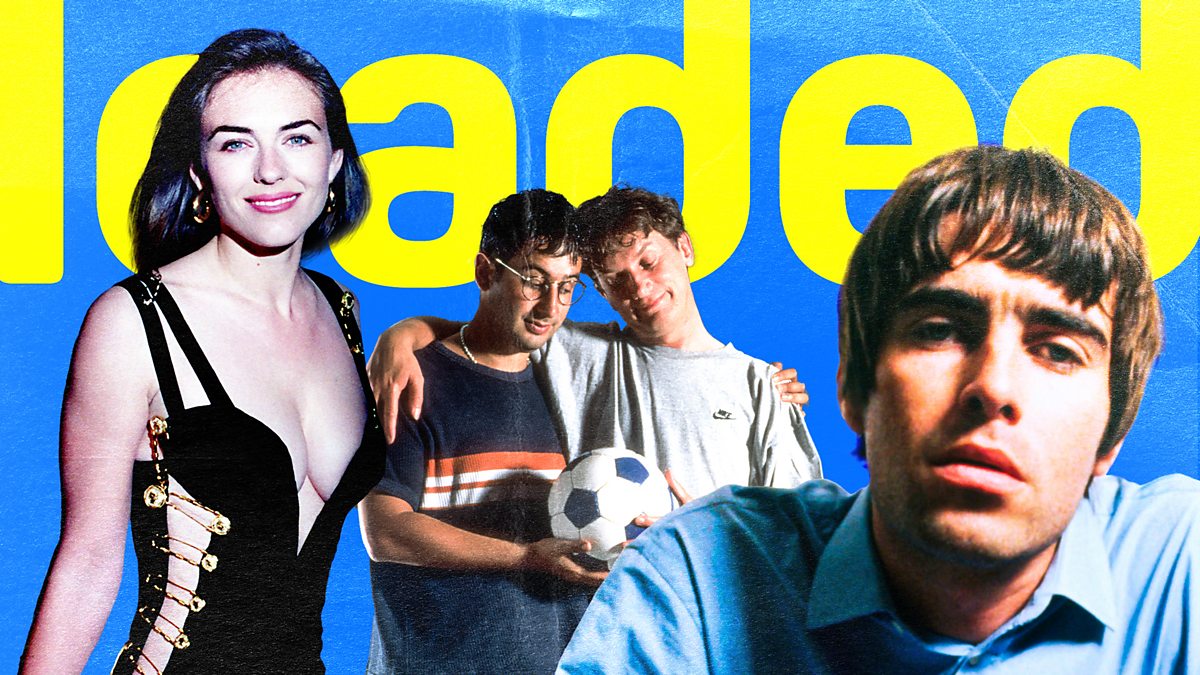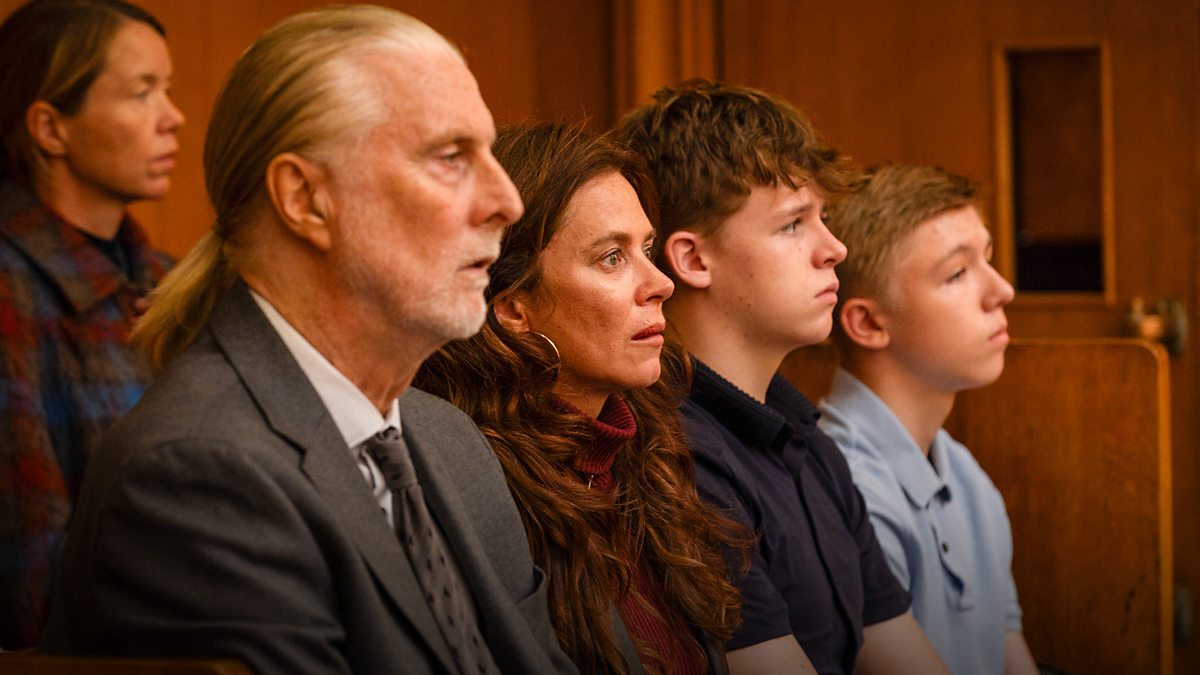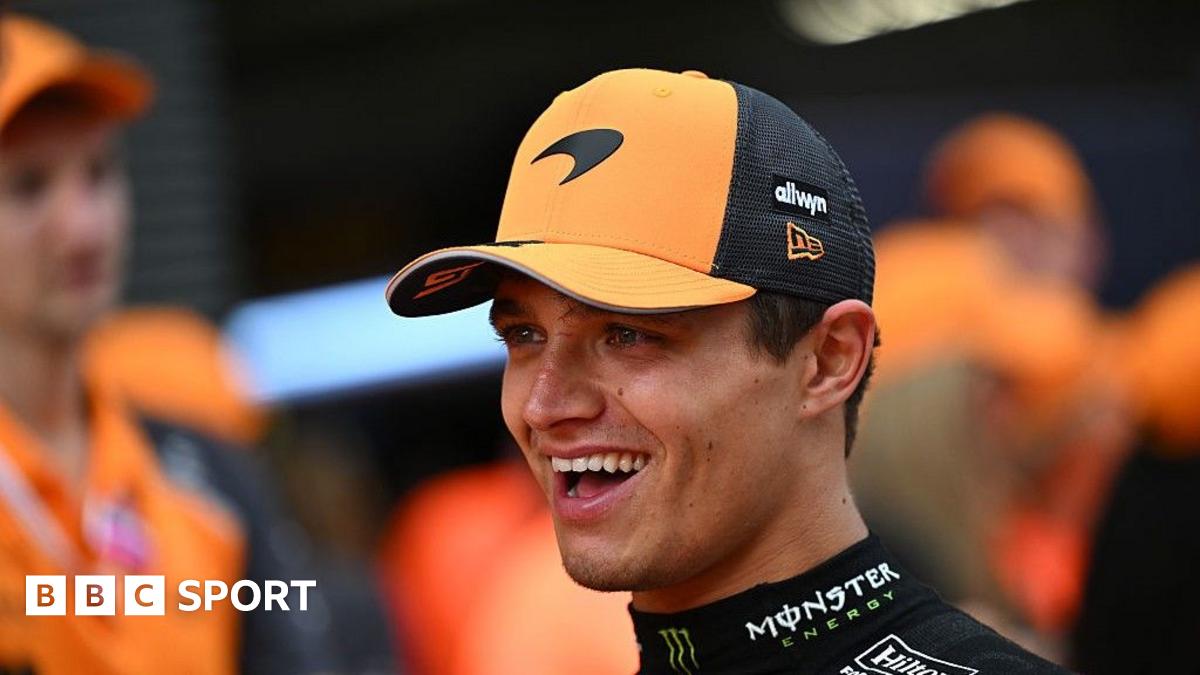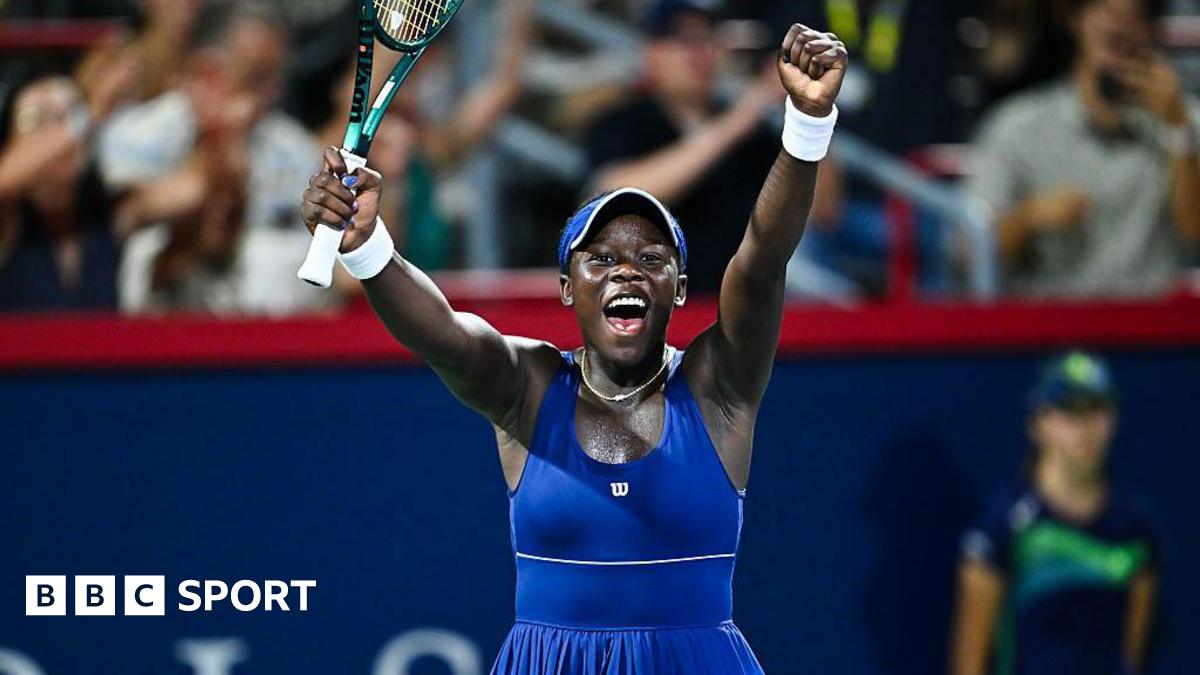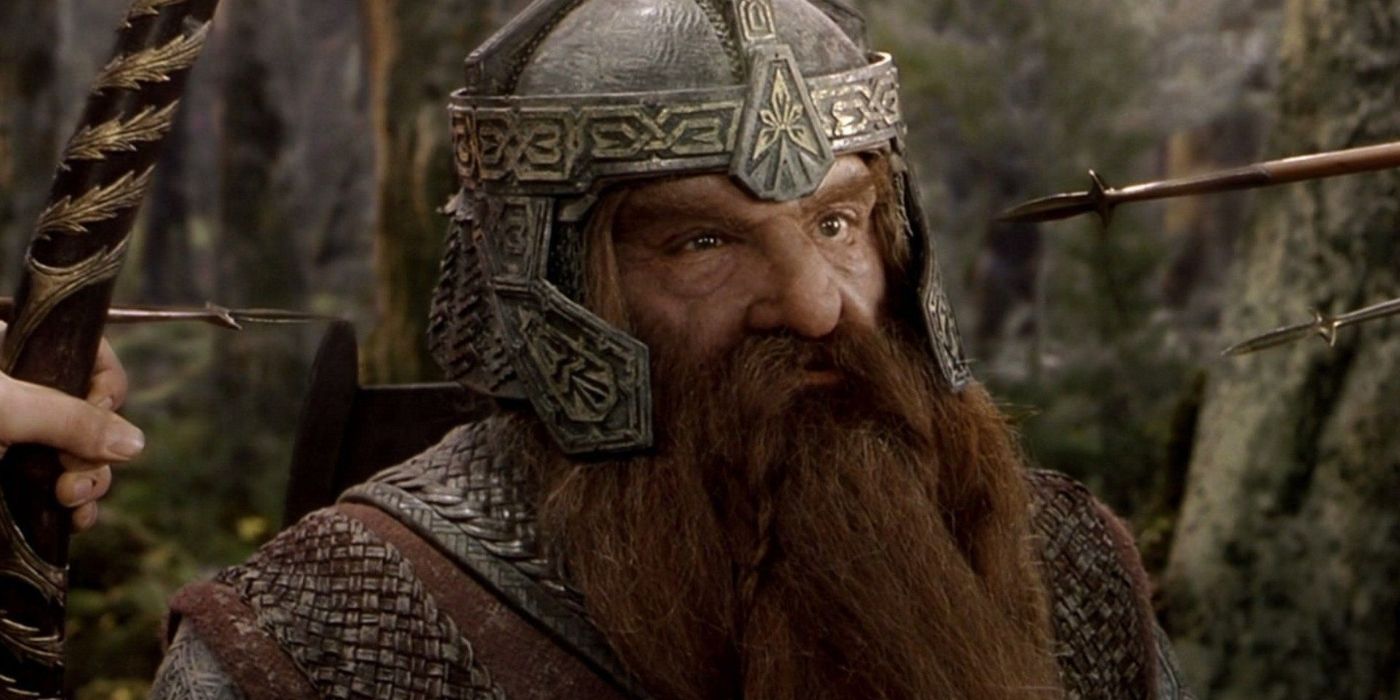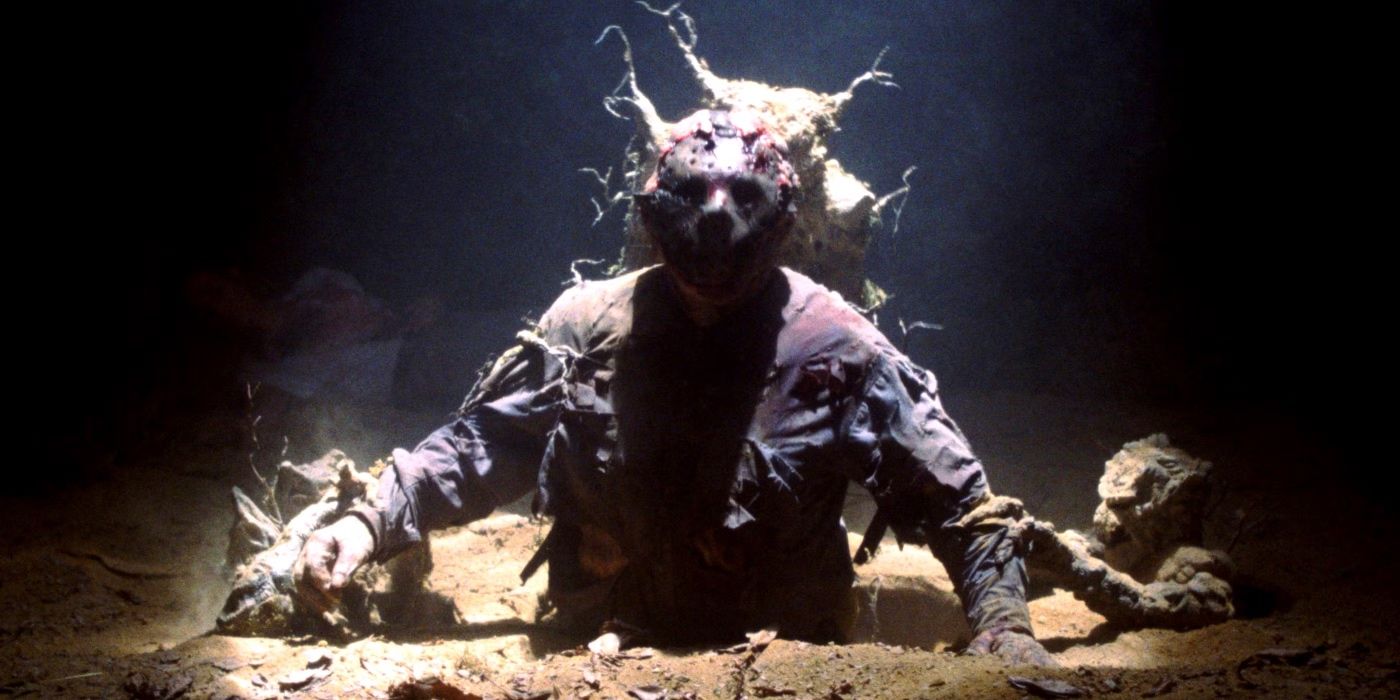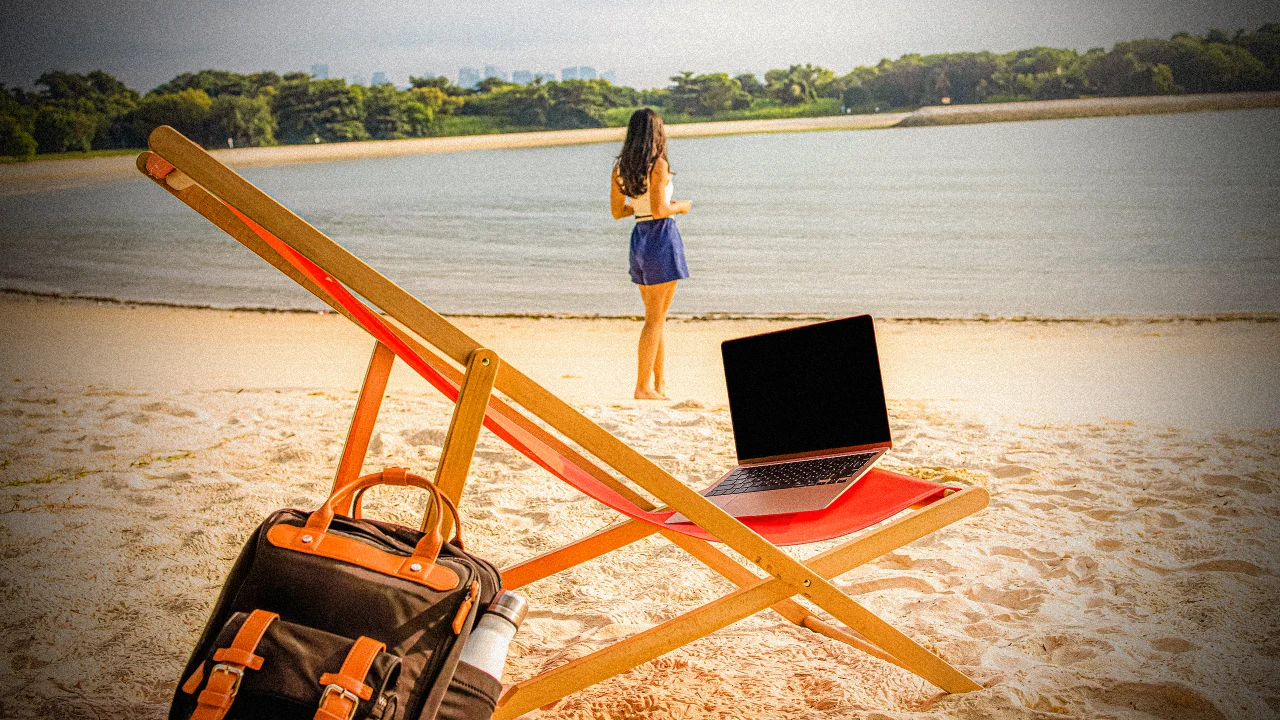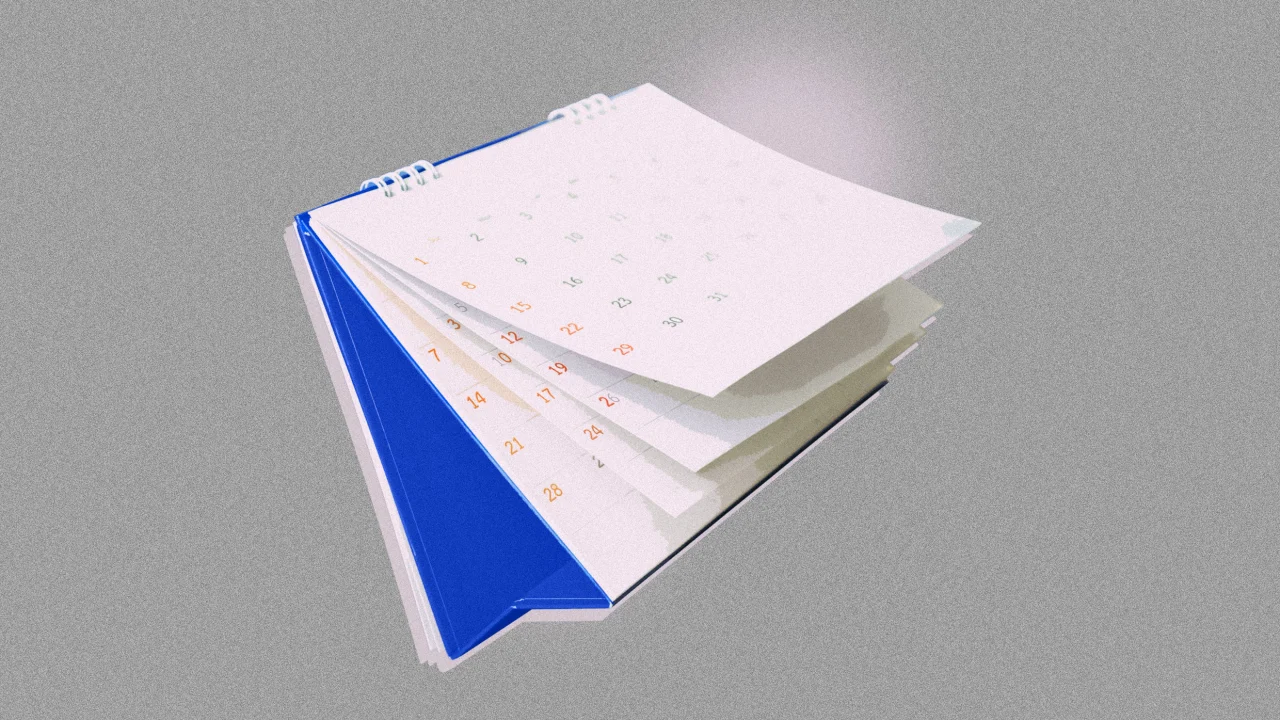This ultra-popular trampoline park just designed a whimsical playspace for toddlers
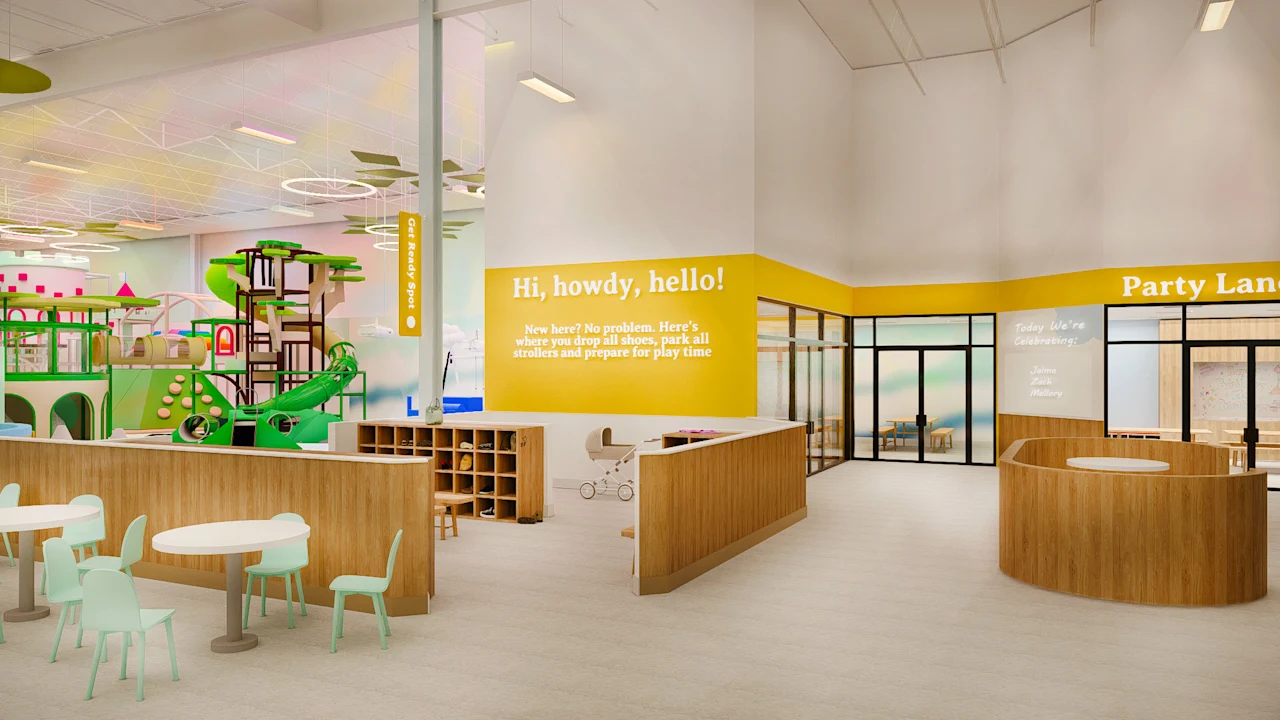
Since its founding in 2004, the trampoline-based indoor play space Sky Zone has turned the idea of going into a room and jumping around into a thriving business. Through franchising, the company has expanded to more than 200 locations and has more than 40 million visitors per year.
But recently, executives at the company have been hearing from parents that while the jumping, bouncing, and inevitable falling is great for energy-filled kids and adolescents, it’s all a bit of a hazard for the youngest children. “Something that kept popping up was parents of the littlest of our Sky Zone jumpers being a little uncomfortable at times in our parks,” says Caitlin Shufelt, SkyZone’s former head of strategy.
Sometimes trampoline parks like Sky Zone can be more than uncomfortable. Thousands of injuries have been reported at trampoline parks, from bumps and bruises to broken bones and brain injuries. Some personal injury law firms even specialize in trampoline park accidents. Sky Zone does have safety regulations, including minimum weight requirements, for its attractions, but accidents happen.
This got Sky Zone’s leadership thinking about how to better serve the toddlers who might not be ready to ricochet off an angled trampoline or do a backflip into the Foam Zone. That led the company to create Cloudbound, a new indoor playspace for children 6 and under. A spinoff company now led by Shufelt, Cloudbound will open its first two locations later this year.
There appears to be room for growth in the indoor playspace market. A report from Allied Market Research estimated the global market for trampoline parks at about $885 million in 2023, and growing to $1.5 billion by 2035. Family entertainment centers are expected to be a $100 billion market by 2032.
Focusing on providing open, unstructured play that’s developmentally appropriate for very young children, Cloudbound’s playspace is a whimsical jungle gym with spaces and structures that small children can crawl through, climb up, and slide down. Shufelt calls it “a playground crossed with a children’s museum.”
To come up with the design approach, Sky Zone’s team worked with museum and experience designers JRA Design, part of the entertainment-focused design group RWS Global. Together they developed a concept and theme that imagines children playing up in the sky.
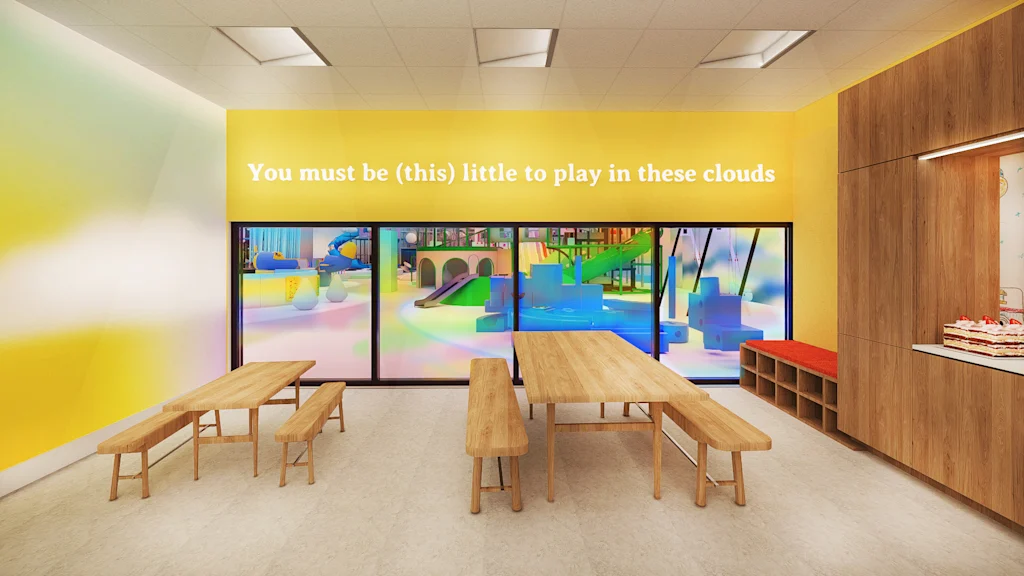
The playscape has four zones, each with elements that will be accessible to children across the 6-and-under age range. The first area is referred to as Rising Above the Clouds, where children enter the cloud theme through a hot air balloon. There’s also a climbable treehouse, a “weather zone” featuring sensory experiences like a wind wall, and an obstacle course they call the Castle in the Sky. The space will have no trampolines.
The overall design aesthetic is clean, pastel, and modern, which Shufelt says is an intentional difference from the more activity-centric indoor playspaces on the market. It’s also a design choice that aims to appeal to an often overlooked customer base: parents.
“Between snack times, nap times, and temperamental little kids, parents are looking for an option that they can spontaneously drop into, and then also not feel miserable while they’re there, with chaos, wall-to-wall older kids jumping around, and a vomit of primary colors on the walls,” Shufelt says.
Cloudbound’s design prioritizes safety, sightlines, and crowd control, and augments the parent experience with a café and abundant seating both inside the play area and on its edges. The space includes party rooms, nursing rooms, family restrooms, a quiet room, and stroller parking.
Cloudbound’s playspace makes up about 60% of the space. Rather than segregating activities by age range, Cloudbound differentiates its offerings by four developmental stages, each of which may be reached at different ages, depending on the child. Shufelt refers to the stages as crawlers, walkers, little climbers, and confident climbers. “As long as they have the physical ability to do it, they can,” she says. “It’s safe for any age.”
This approach was developed in consultation with Jennifer Jipson, a professor of child development and psychology at Cal Poly San Luis Obispo who advises companies like Nick Jr., Fisher-Price, and Magna-Tiles. “We have to trust children and families to kind of find their own path in those settings. If an area feels overwhelming or unsafe, they’re going to gravitate towards a different area,” Jipson says. “It doesn’t have to be the designers who regulate that.”
Cloudbound’s design is intended to create opportunities for children to play and explore while pushing their own limits. The sky theme is a layer on top of the physical play elements, rather than a set storyline or sequence children must follow. “It’s a very hard thing to be intentionally unstructured,” Jipson says. “With younger kids, I think it’s very, very important to think about subtle behind-the-scenes guidance, so that it’s guided, playful learning in a way where the guidance isn’t suffocating.”
The first two Cloudbound playspace locations are now under construction, in New Rochelle, New York, and Washington D.C., and should open this fall or winter. Two other projects have signed leases, but the company isn’t yet revealing their locations. Like Sky Zone, the plan is to refine the model and then franchise the Cloudbound concept across the country. Pricing hasn’t yet been finalized, but will likely run on a monthly membership.
Shufelt says the hope is that Cloudbound becomes a place families with young children come to again and again, instead of just as a one-off for a birthday party. “Novelty grabs attention but familiarity drives skill progression. The more comfortable a child feels in a certain setting, the further they’ll push themselves,” she says. “We’ve designed Cloudbound to be inviting for all developmental maturities and stages.”
What's Your Reaction?
 Like
0
Like
0
 Dislike
0
Dislike
0
 Love
0
Love
0
 Funny
0
Funny
0
 Angry
0
Angry
0
 Sad
0
Sad
0
 Wow
0
Wow
0






